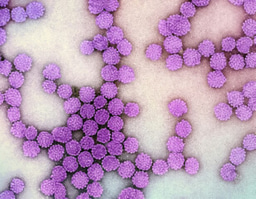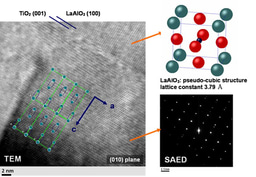Helicobacter pylori and Alzheimer's: An intriguing paradox is taking place!
An interesting article recently published in Science Advances returns a "two-faced Janus" image of Helicobacter pylori (Jin et al., 2025).
Published in Neuroscience
Like
Be the first to like this
Indeed, while H. pylori had been deemed mostly responsible, in so far, for gastro-intestinal pathologies, including stomach ulcers and malignant neoplasms, the newly discovered anti-amyloidogenic activity displayed by the "cytotoxin-associated gene A" (CagA) of H. pylori appears to be a really promising finding (Jin et al., 2025).
This applies to the formation as well as to the subsequent deposition of both "functional" and "pathological" amyloids. The former ones are utilized by dangerous bacterial pathogens like Pseudomonas aeruginosa and Escherichia coli, thereby allowing them to efficiently counteract the host’s inflammatory and immune responses alongside the bactericidal and/or bacteriostatic activities of antimicrobial therapies.
The latter ones, conversely, are known to be involved in the pathogenesis of a range of protein misfolding disorders, including Alzheimer's disease (AD), Parkinson's disease and type 2 diabetes.
Therefore, the newly found anti-amyloidogenic activity of H. pylori's CagA could provide a valuable therapeutic and, possibly, preventive option against human neurodegenerative conditions like AD, for which no standardized nor definitive cures appear to be hitherto available.
Intriguingly enough, the amyloid-β (Aβ) peptide, which together with hyperphosphorylated tau (pTau) protein represents the main pathological "hallmark" in the brain tissue from AD-affected patients (Di Guardo, 2018), has been also reported to protect against microbial infections in mouse and worm AD models, thus behaving like a natural antibiotic (Kumar et al., 2016).
As a consequence, in view of their commonly shared antimicrobial activities, I believe that a sort of "evolutionary convergence" between H. pylori's CagA and Aβ could be plausible. This in turn would give rise to an intriguing paradox - with Aβ simultaneously acting as a friend and as a foe -, based upon which it would be legitimate to ask if "the egg came before the chicken", or viceversa.
References
- Di Guardo G. Alzheimer's disease, cellular prion protein, and dolphins. Alzheimers Dement. 2018;14(2):259-260. DOI: 10.1016/j.jalz.2017.12.002.
- Jin Z, Olsen WP, Mörman C, Leppert A, Kumar R, Møllebjerg A, et al. Helicobacter pylori CagA protein is a potent and broad-spectrum amyloid inhibitor. Sci. Adv. 2025;11(24):eads7525. DOI: 10.1126/sciadv.ads7525.
- Kumar DK, Choi SH, Washicosky KJ, Eimer WA, Tucker S, Ghofrani J, et al. Amyloid-β peptide protects against microbial infection in mouse and worm models of Alzheimer's disease. Sci. Transl. Med. 2016;8:340ra72. DOI: 10.1126/scitranslmed.aaf1059.
Follow the Topic
Alzheimer's disease
Life Sciences > Biological Sciences > Neuroscience > Neurological Disorders > Neurodegenerative diseases > Alzheimer's disease




Please sign in or register for FREE
If you are a registered user on Research Communities by Springer Nature, please sign in